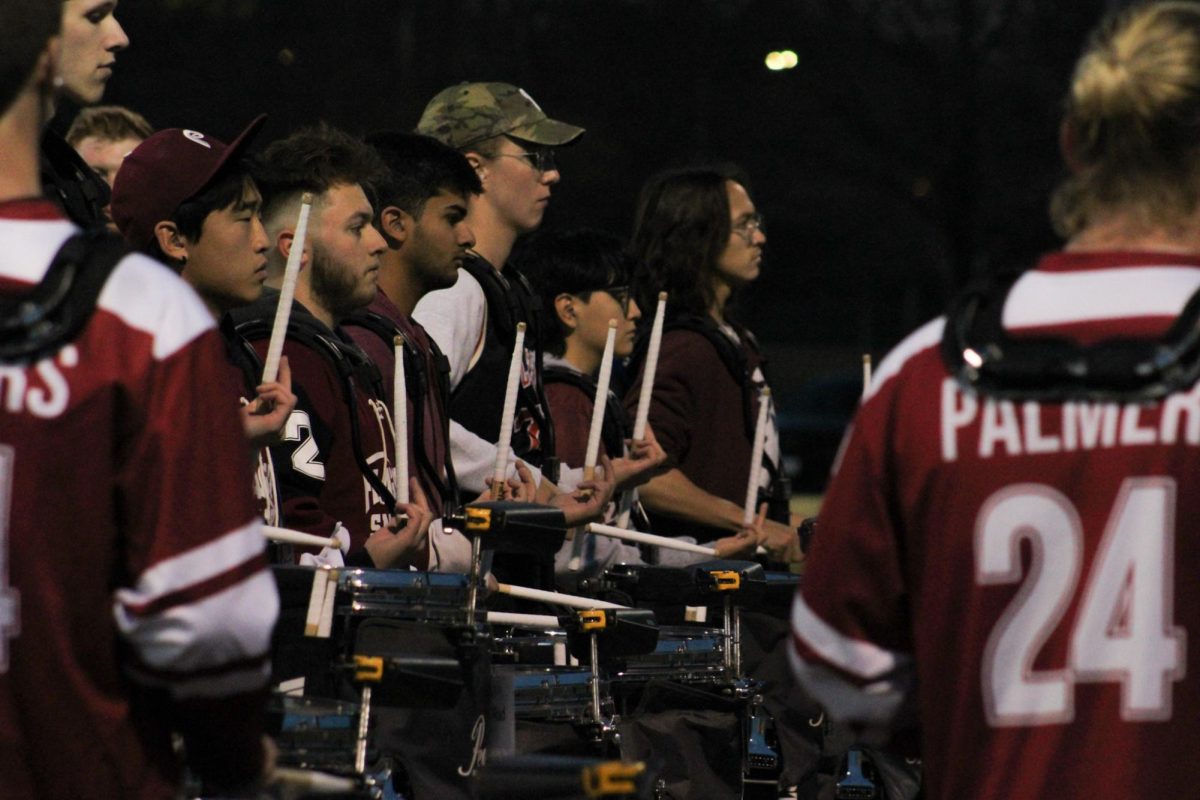
When one thinks of Bob Dylan and his status as both a musician and a legend in this era, the idea of him creating an album of pop standards is not really that surprising.
When I saw him live in Hoboken, New Jersey a year and a half ago as part of his “Americanarama” tour with My Morning Jacket and Wilco, there was a unique buzz in the air. Obviously, when a major act performs anywhere, people all around town are going to be talking about it. But, that summer day, Hoboken seemed to come to a standstill. The restaurants blasted his music and his face was everywhere on posters that lined the city. Everyone, regardless of whether they were attending the performance or not, seemed to know that Bob Dylan was in town.
While any number of American performers can draw thousands to each of their concerts, there is perhaps no entertainer in this day and age who can still provoke that feeling of the circus rolling in. Everyone knew they were going to see a legend, the single most important and influential figure in the history of American music. The gravity of it was so powerful that when Dylan finally wandered onto the stage, in his dark coat and black hat, it was as if he were some sort of ghost. Other than when he introduced Jeff Tweedy of Wilco and Jim James of My Morning Jacket to the stage for a stirring rendition of The Band’s “The Weight,” he never spoke to the audience.
By all means, he was a professional performer – delivering his songs, then leaving without fanfare. His music and persona is the stuff of a bygone era, when information traveled slower and any sizable gatherings of people spread via word of mouth without the aid of technology.
This generational gap is crucial in understanding “Shadows in the Night.” An album of pop standards made famous by – speaking of Hoboken – Hoboken native Frank Sinatra, it is not a record for millennials. Its tempos never budge above a slow waltz, its setting is consistently that of a 1950s noir film. The expressions of romantic longing in these selections from the Great American Songbook are so archaic that they almost seem to be borne of fantasy. But, despite their considerable age, Dylan and his small band manage to bring a few of these songs beautifully to light.
In the press release that announced the album, Dylan stated that what he is doing on “Shadows in the Night,” released Feb. 3, is “lifting these songs out of the grave and bringing them to the light of day.”
That spirit, of taking these well-worn songs and recreating them in a way that focuses on their emotional leanings, is what saves this album from becoming a bore.
Even when interpreting someone else’s songs, Dylan’s vocal phrasing is still deceptively brilliant. The way he emphasizes certain lines – sneering or holding out a specific lyric for maximum impact – is what truly brings these songs to life.
“Some Enchanted Evening” is where the album’s premise is most fully realized. Dylan never bites off more than he can chew, vocally. His restrained performance captures every ounce of the song’s almost otherworldly longing, while the band’s spare arrangement makes every chord change feel like a seismic event.
“Why Try to Change Me Now” also steps heavily on the nostalgia pedal, without overdoing it. Even on an album full of star-gazing ballads, this one stands out, with Dylan fully inhabiting the song’s wizened, whimsical protagonist.
“The Night We Called it a Day” is the album’s finest breakup tale. Subtle, mournful horns intone in tandem with Dylan’s agonized vocals. Even without fluctuations in tempo or structure, it is a moving piece, one that truly recreates the era in which the song was written.
This is not to say that the typically saccharine nature of the Great American Songbook does not get the best of the album every once in awhile. Despite a playful, creative arrangement, “Autumn Leaves” amps the melodrama level to overdrive. “Full Moon and Empty Arms” calls for a wider vocal range, like Sinatra possessed. Even though Dylan’s voice may have quite a bit of charm, there are times on “Shadows in the Night” when hearing Sinatra himself sing these songs seems like the preferable option.
As a promotional move, Dylan chose to give away 50,000 copies of “Shadows in the Night” to certain readers of AARP The Magazine, saying in a press release that, “A lot of those readers are going to like this record.”
So, if there is a way to sum up this album’s target audience, that is most certainly it. “Shadows in the Night” is a curious merger of the genius of two musicians who defined the music of their respective generations. It is a coy nod to the old music establishment from an artist who staked his name in defying that same old music establishment.
And though it may seem at face value like Sinatra and Dylan never had a thing in common, when one looks at the myth and image Dylan has created for himself over the past half-century, the similarities are obvious. This is an album for the people who saw the peaks of both of these performers’ careers and view them both in the same towering light.
Jackson Maxwell can be reached at [email protected].


















